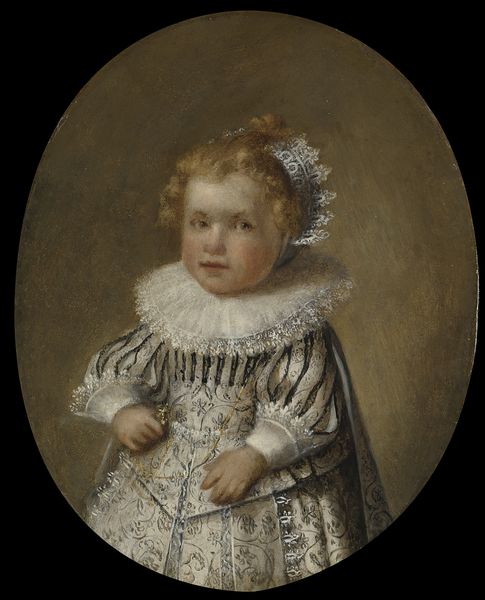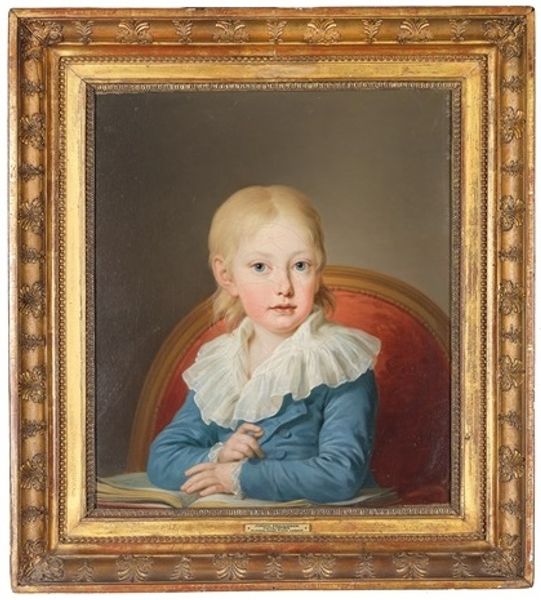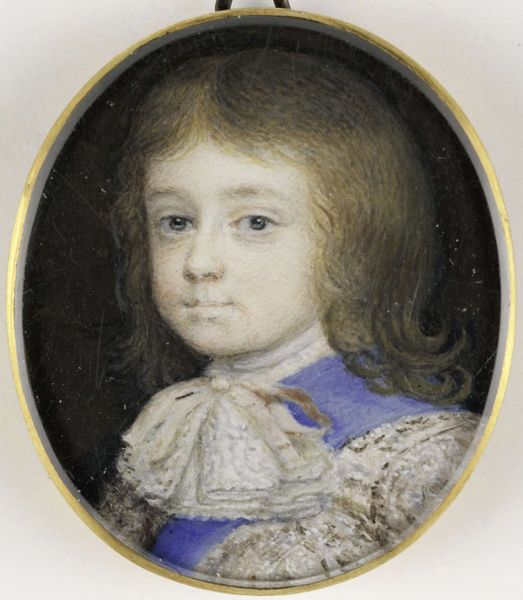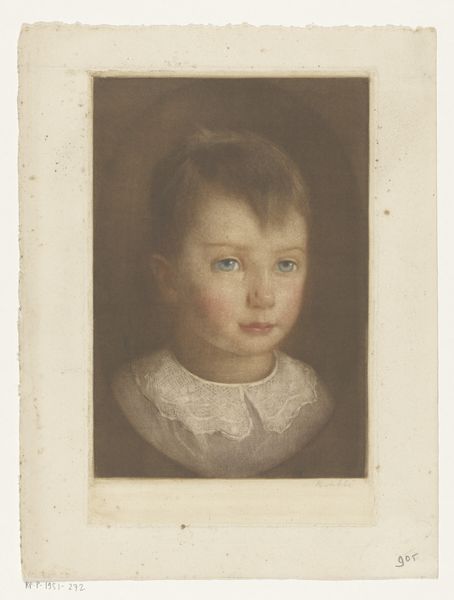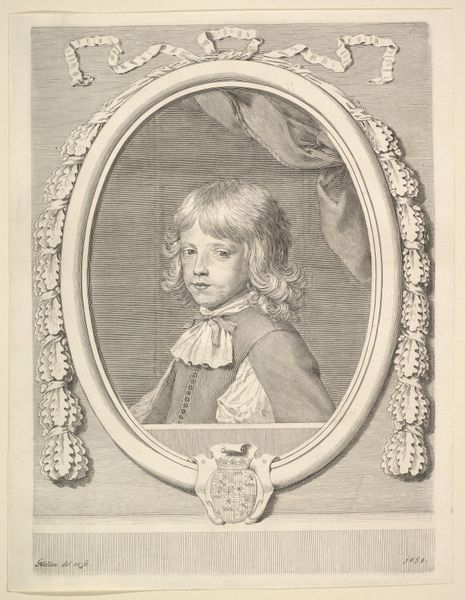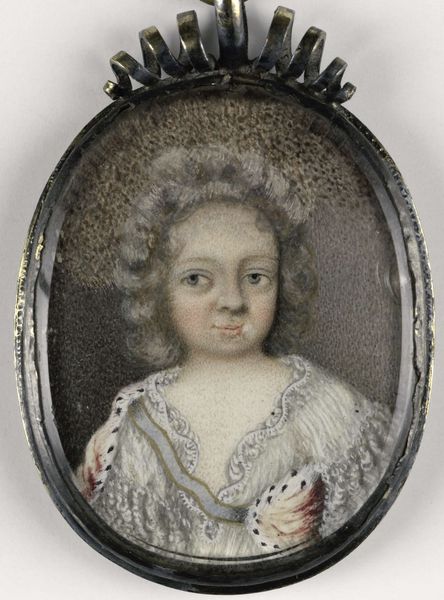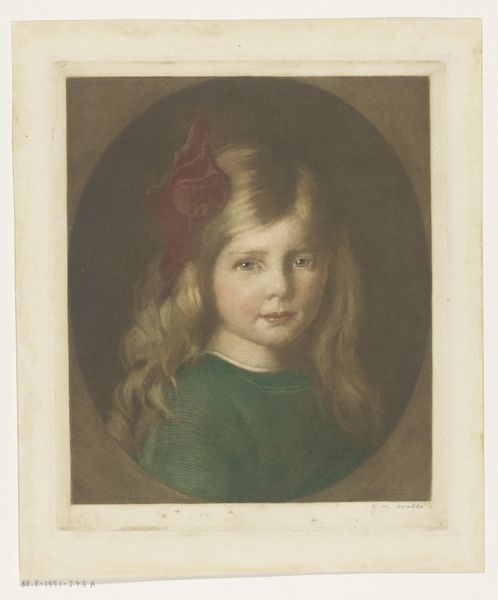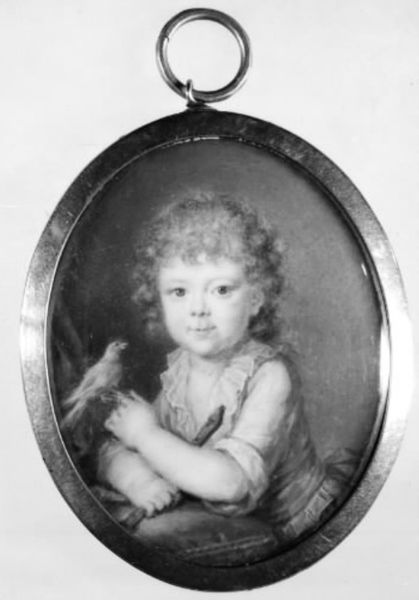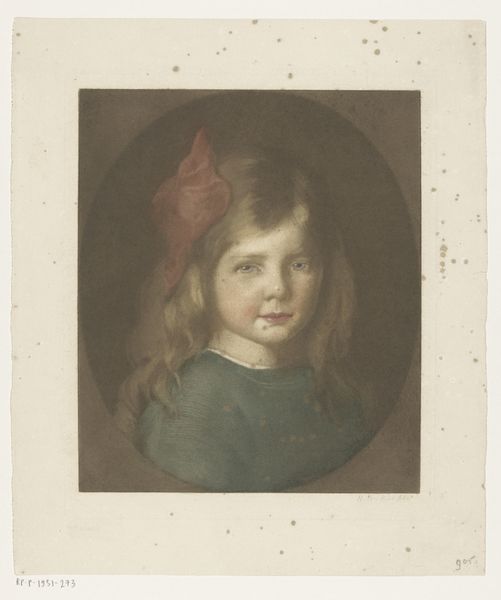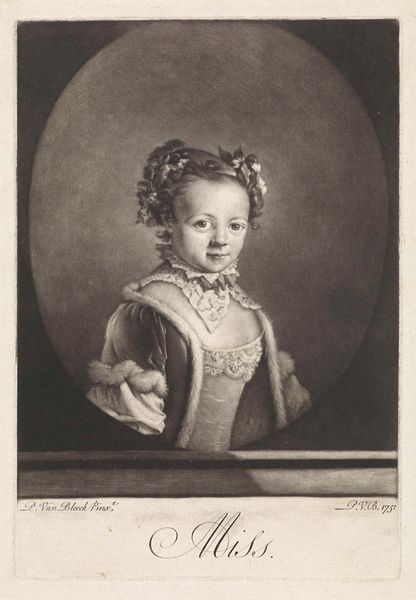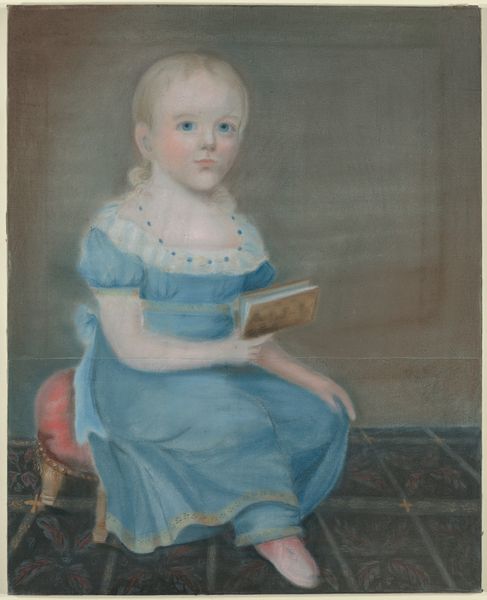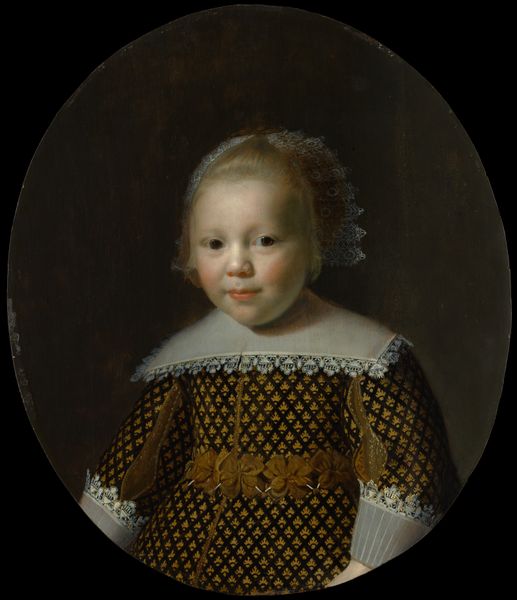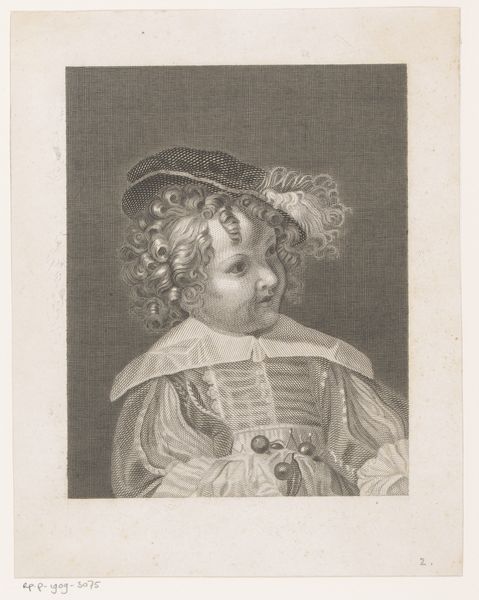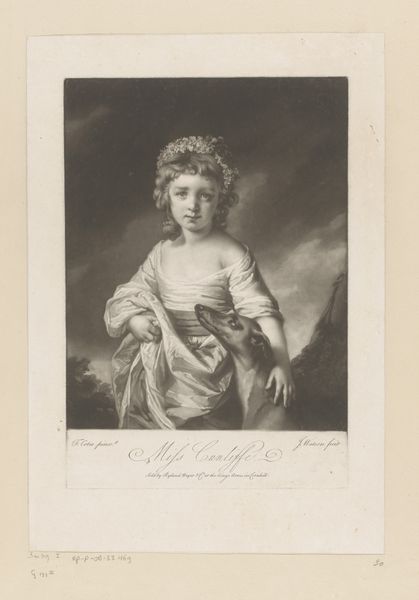
coloured-pencil
#
portrait
#
coloured-pencil
#
oil painting
#
coloured pencil
#
romanticism
#
history-painting
#
portrait art
#
watercolor
Dimensions: 3 7/8 x 2 7/8 in. (9.8 x 7.3 cm)
Copyright: Public Domain
Editor: This is Sarah Goodridge’s “Edward Blake Parkman,” a colored-pencil drawing, created between 1822 and 1825. It's a charming, yet somehow serious, portrait. What strikes you when you look at it? Curator: Immediately, the sitter's gaze captures me. Think about it: portraiture from this period acted as a form of memorialization but also, importantly, a presentation of social identity. The subject’s clothes – the rich red coat, fur details, frilled collar – these communicate wealth and status. The soft pastels suggest innocence, but the direct gaze projects confidence beyond his years. What does this contrast tell us? Editor: Maybe it was aspirational, what his family hoped he would become? How typical was it to create these kinds of portraits? Curator: These miniature portraits were deeply personal objects. They were often kept close, even worn as jewelry. Goodridge was a renowned miniaturist. Consider what that intimacy implies. We see not just a likeness, but almost an icon. His youthful innocence is a potent symbol. Editor: An icon… so it represents something more than just him? Curator: Precisely! It reflects the values the family wished to project: gentility, prosperity, perhaps even a hope for future prominence. Look at the light— where is it focused, and what might that signify? Editor: The light is strongest on his face… highlighting that intense gaze you pointed out earlier. So, the image is both a physical representation and a carefully constructed symbol. I see it now! Curator: Exactly! It's a beautiful demonstration of how images function as repositories of cultural memory and aspiration.
Comments
No comments
Be the first to comment and join the conversation on the ultimate creative platform.
